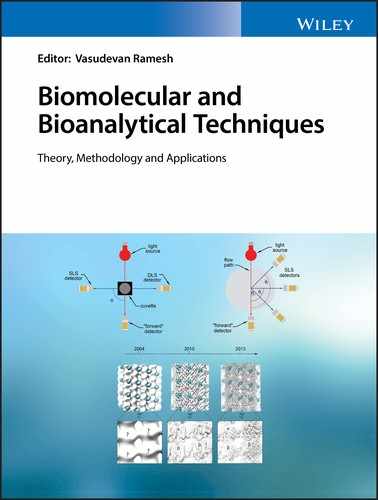Book Description
An essential guide to biomolecular and bioanalytical techniques and their applications
Biomolecular and Bioanalytical Techniques offers an introduction to, and a basic understanding of, a wide range of biophysical techniques. The text takes an interdisciplinary approach with contributions from a panel of distinguished experts. With a focus on research, the text comprehensively covers a broad selection of topics drawn from contemporary research in the fields of chemistry and biology. Each of the internationally reputed authors has contributed a single chapter on a specific technique. The chapters cover the specific technique’s background, theory, principles, technique, methodology, protocol and applications.
The text explores the use of a variety of analytical tools to characterise biological samples. The contributors explain how to identify and quantify biochemically important molecules, including small molecules as well as biological macromolecules such as enzymes, antibodies, proteins, peptides and nucleic acids. This book is filled with essential knowledge and explores the skills needed to carry out the research and development roles in academic and industrial laboratories.
- A technique-focused book that bridges the gap between an introductory text and a book on advanced research methods
- Provides the necessary background and skills needed to advance the research methods
- Features a structured approach within each chapter
- Demonstrates an interdisciplinary approach that serves to develop independent thinking
Written for students in chemistry, biological, medical, pharmaceutical, forensic and biophysical sciences, Biomolecular and Bioanalytical Techniques is an in-depth review of the most current biomolecular and bioanalytical techniques in the field.
